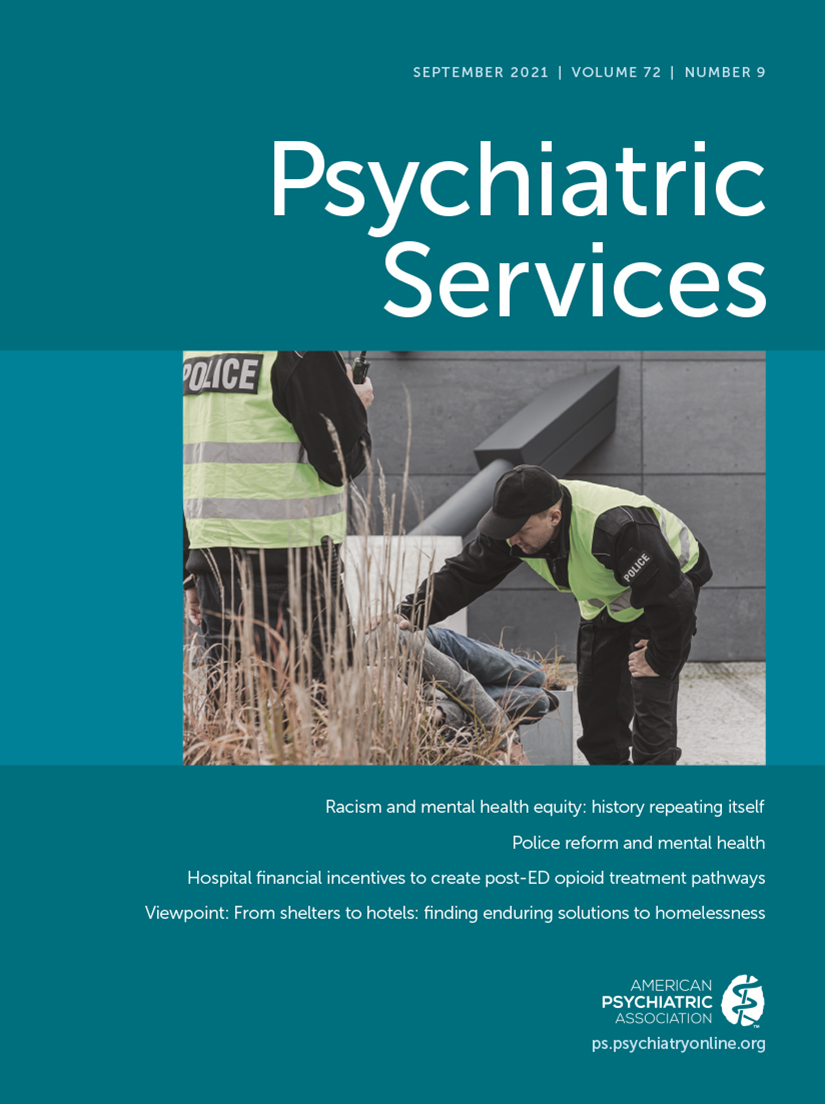Racism and Mental Health Equity: History Repeating Itself
Abstract
Highlights
Power and Structural Racism
Impact of Interpersonal Racism
Redefining Racism and Achieving Mental Health Equity
Step 1: increase awareness and acknowledge that racism exists everywhere.
Step 2: take an honest individual and institutional inventory.
Step 3: apply a racial equity lens to mental health advocacy.
Conclusions
REFERENCES
Information & Authors
Information
Published In
History
Keywords
Authors
Competing Interests
Metrics & Citations
Metrics
Citations
Export Citations
If you have the appropriate software installed, you can download article citation data to the citation manager of your choice. Simply select your manager software from the list below and click Download.
For more information or tips please see 'Downloading to a citation manager' in the Help menu.

